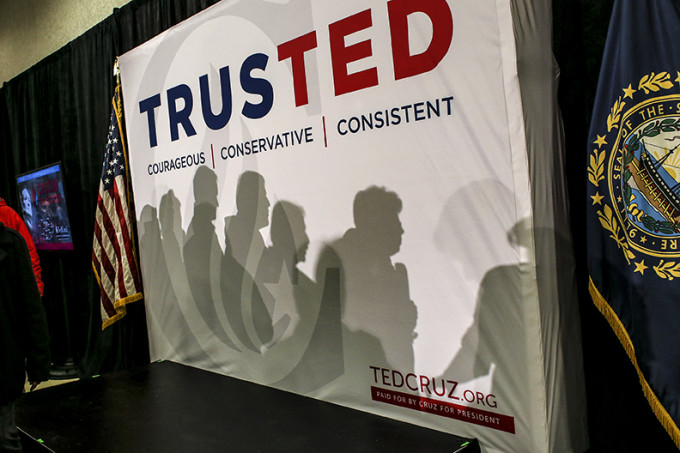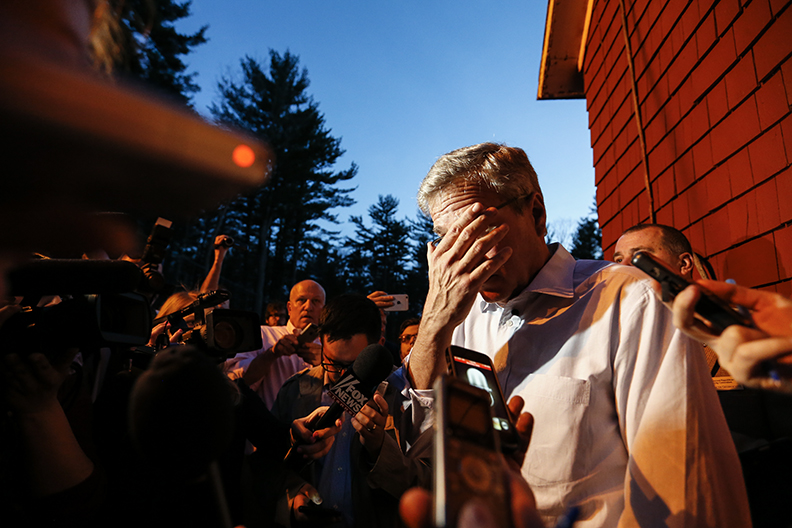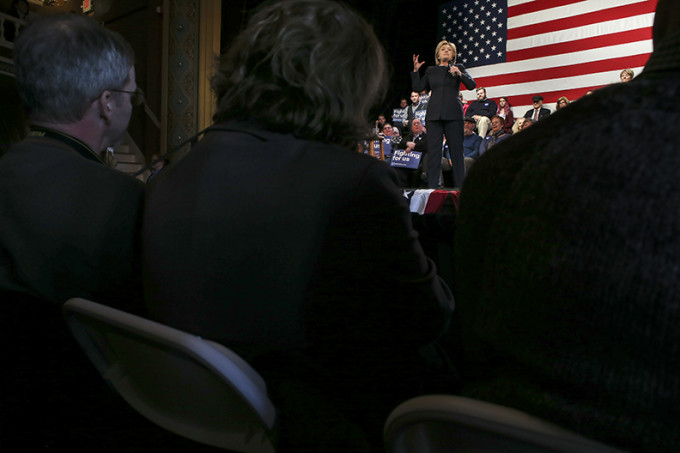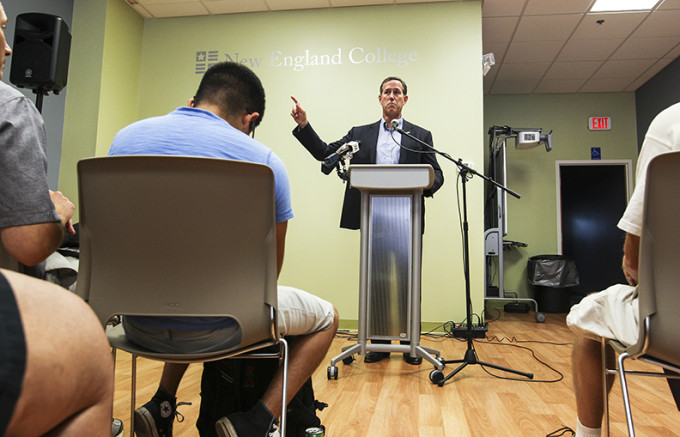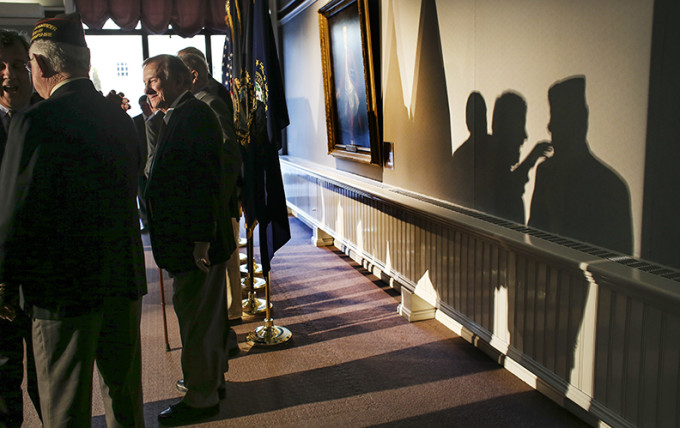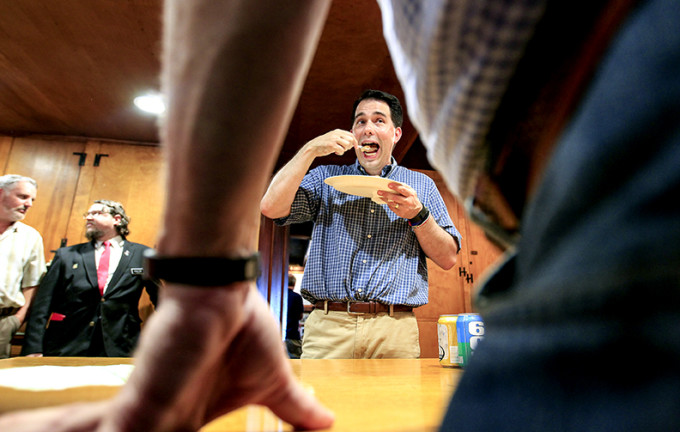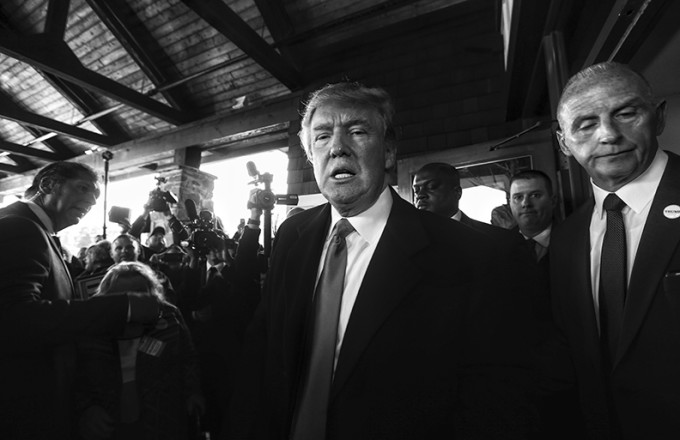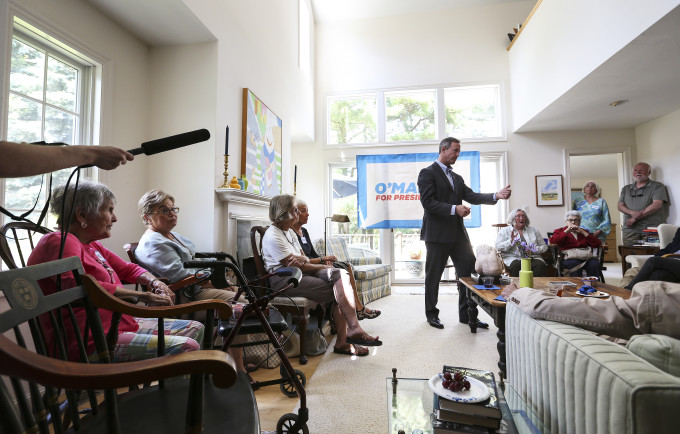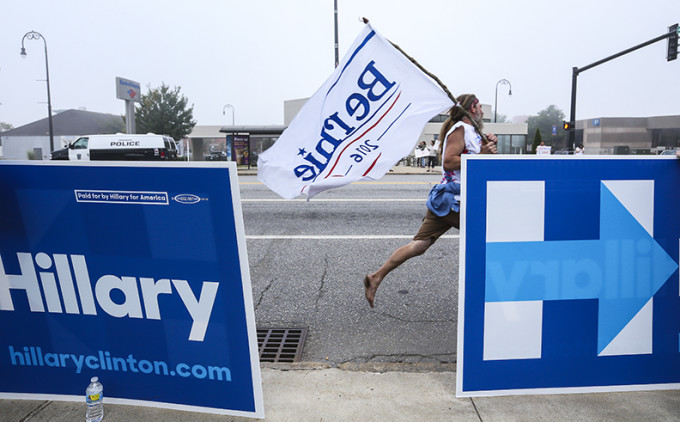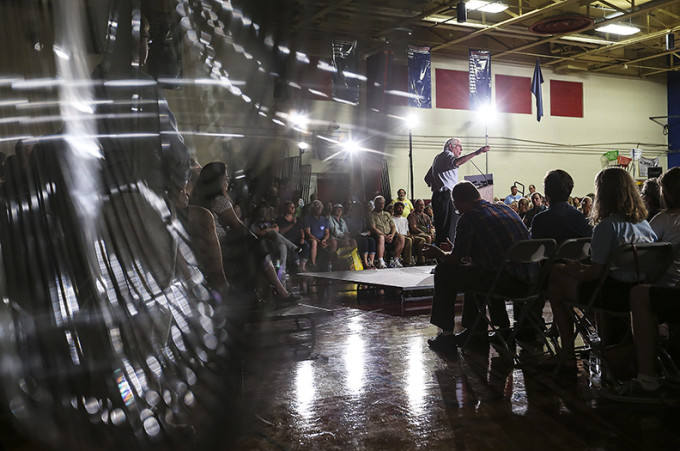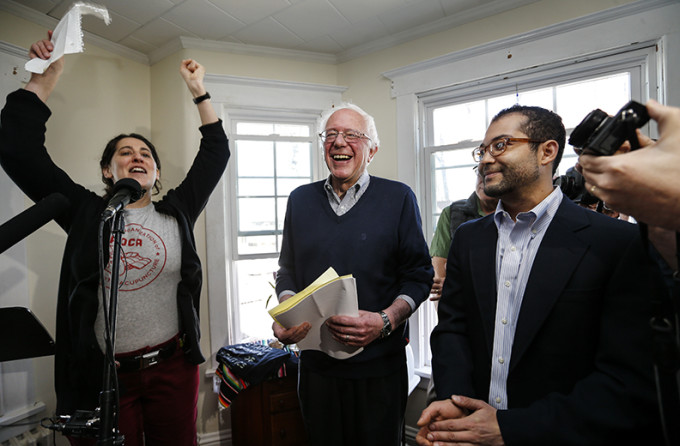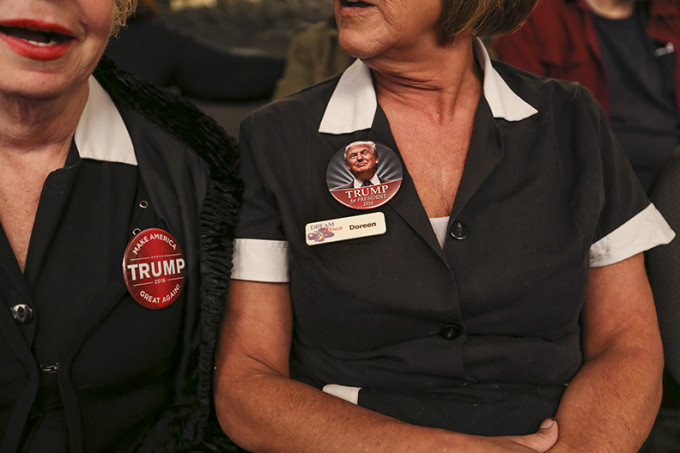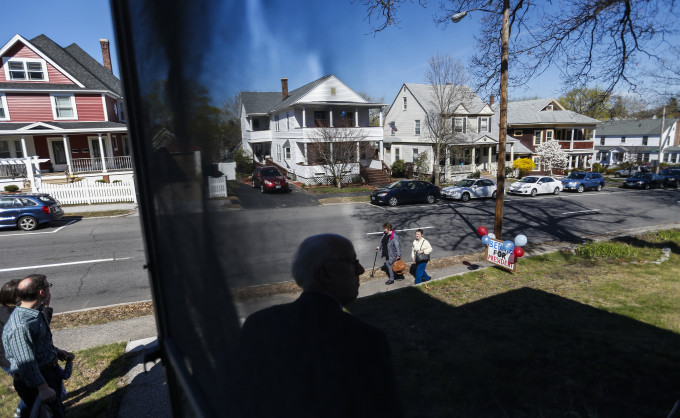Last Updated on 03/27/2016 by Chris Gampat
All images by Cheryl Senter. Used with permission. In a previous version of this article we put the incorrect last name. We apologize for this mistake and have corrected it.
A couple of years ago, I don’t think any photographer could have predicted that Instagram would take a bigger front in photojournalism so much so that it’s used to report on the US Presidential Election race. Photojournalist Cheryl Senter is one the photographers using the platform for reporting on the campaign trail–and she thinks that in a couple of years the emphasis is going to be even more on connected cameras and phones.
Cheryl is a photojournalist that has been working in the field for many years, and values the platform not only for its immediacy that newsrooms love, but also as a great way to get feedback from peers that she doesn’t necessarily get because she’s never in the office. To that end, she eventually wants to work for various Instagram feeds for the power that is possess and the importance it has to news agencies.
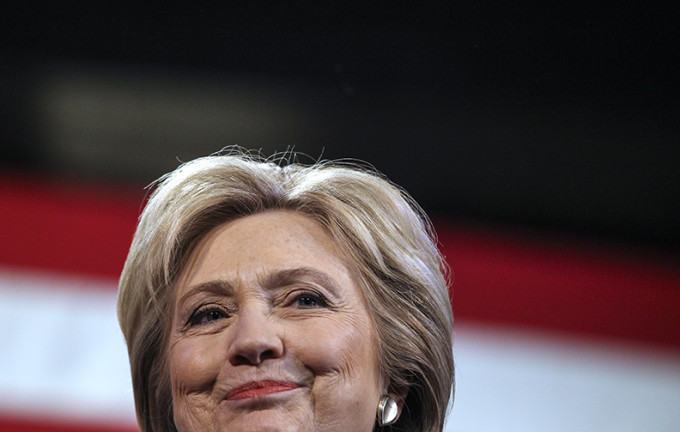
Phoblographer: Talk to us about how you got into photography.
Cheryl: I’m self taught. Photographer Wallace Nutting was my initial inspiration with his 1904 hand painted fiber based prints. I was leaning heavily in the direction of fine art but was unable to afford Brooks Institute (my dream) or local fine art colleges.
Phoblographer: What made you want to get into photojournalism?
Cheryl: I ended up at UMass Amherst (which did not offer courses on photography) majoring in journalism and working as a staff photographer at the college’s Daily Collegian newspaper. Via the Collegian, I sold a protest image to AP which the Boston Globe picked up. Seeing my image printed in the Boston Globe was the pivotal point shifting me from fine art to photojournalism.
Phoblographer: You’ve been on the American Presidential Campaign trail covering it for a while now and sharing lots of your images via Instagram. Years ago, it wasn’t such a big thing to do this. So how do you feel this changes the way that you report and share the news?
Cheryl: I became a freelancer in 2006. This is my third election cycle. The first year I covered the presidential campaign there wasn’t a real urgency (unless on deadline) to get the image out until after the event had taken place.
Covering my second campaign cycle the urgency had elevated dramatically due to the shift from print to online news.
This campaign cycle my clients want me to send a continual feed of images throughout each event.
Instagram plays a major role in this surreal urgency to ‘feed the beast’ as photojournalists and news agencies provide a continual flow of political/news images in realtime.
Phoblographer: How do you select the images that you put on your account? It seems like you’re giving a very neutral perspective and just reporting the news in little tidbits vs trying to frame it. However, it seems there is more Republican coverage vs Democratic. Is that a conscious decision or is it what gets clicks?
Cheryl: The political images I post directly correlate to the assignments I’m given. I’m not sure what you mean a giving a neutral perspective. As a career photojournalist I do abide by a code of ethics, something I think that is slowly dying due to the insurgence of unrepresented journalism.
I don’t try to make candidates look like anything other than what they present themselves to be. I do look for spontaneous unscripted moments which for me is the hook that makes covering politics such a rush.
As far a clicks go, I put images up on my feed looking for feedback from my peers and public. As a freelancer I get very little feedback if any from my clients… something which can really mess with your mind. I don’t have the luxury of working in a photography department where I can get constructive criticism of my work and the feeling of camaraderie in general…Instagram gives me all of that.
Phoblographer: There is one image of Trump staring at you as he walked by. What was that like for you? It seems like there is a major intensity in his face as he’s doing this.
Cheryl: The staring image you are talking about represents multiple times of Trump doing this to me while working.
Trump will be walking by shaking hands and then just stop and stare at me, not sure why and I don’t really care as for me I see it is an opportunity to make images of the unscripted Donald Trump.
Phoblographer: Doing this has basically given you a medium for controlling how the news spreads firsthand on someone’s Instagram feed. Surely, the platform is powerful for photojournalists but how do you think they’ll be able to make it sustainable for themselves in the future given that you’re essentially releasing your control of the images by uploading to Instagram?
Cheryl: My dream some day is to work for other Instagram feeds, a market that is growing because news agencies and businesses see the power that it possesses.
Quite honestly anyone who thinks they can truly control the use of their images that are up on any online platform is disillusioned. On occasion I have found my images being used without consent and have ‘educated’ the offenders. I accept the fact that a few people are going to steal and do not let that control what I put up on Instagram.
Phoblographer: Talk to us about the gear that you use. You’re not always shooting with your iPhone, so do you use connected cameras?
Cheryl: Quite honestly I only want to shoot with my IPhone and am working to make that happen.
Right now my @seeclicksend feed images are primarily shot with pro Canon gear. I don’t use connected cameras yet. Next election cycle that will change i.e. small connected camera gear and heavy cell phone usage.
Phoblographer: How do you think social media platforms like Instagram are going to continue to change the face of photojournalism and the political landscape?
Cheryl: Instagram offers a realtime worldwide newsfeed thanks to cellphones in the hands of the average Joe – and as long as they abide by journalistic ethics I applaud them. Get the truth out.
